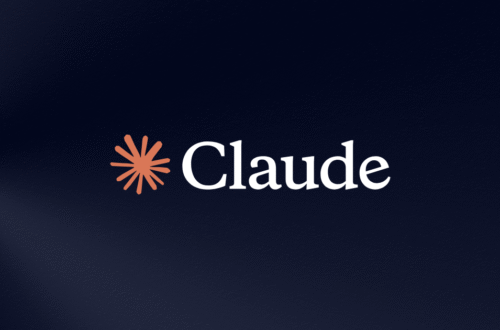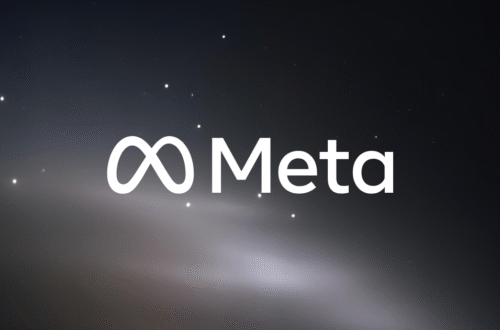For months, the AI image generation space has been dominated by a clear front-runner. Midjourney, with its stunningly aesthetic and coherent outputs, has set a high bar for quality, leaving many to wonder if any open-source model could truly catch up. The release of Stable Diffusion 3 by Stability AI isn’t just another incremental update; it’s a fundamental architectural shift that positions it as the most serious challenger to Midjourney’s reign yet. But does it have what it takes to win over artists, developers, and casual creators alike?
What is Stable Diffusion 3? A Leap in Generative Architecture
Stable Diffusion 3 (SD3) moves away from the U-Net architecture common in previous versions, adopting a new framework that draws inspiration from the very technology powering large language models like ChatGPT. This evolution is built on two key pillars:
- Diffusion Transformer (DiT): At its core, SD3 uses a Transformer architecture. Transformers excel at understanding context and relationships between data points, which is why they are so effective with language. By applying this to image generation, SD3 can interpret complex, multi-subject prompts with a level of nuance previously unseen in Stable Diffusion models. This means it’s better at understanding spatial relationships, compositional elements, and the interplay between different objects in a scene.
- Flow Matching: In addition to the DiT architecture, SD3 utilizes a newer training technique called flow matching. In simple terms, this allows the model to learn how to transform random noise into a structured image along a more direct and stable path. According to Stability AI, this leads to faster training and improved image quality, allowing for high-fidelity results even from smaller, more efficient versions of the model.
This combined approach results in a family of models, ranging from 800 million to 8 billion parameters, offering a scalable solution from on-device applications to high-performance servers.
Head-to-Head: How Does SD3 Stack Up Against Midjourney?
While early access is limited, initial examples and the underlying technology allow for a compelling comparison across several key areas.
Image Quality and Photorealism
Midjourney has long been the champion of photorealism and artistic flair, producing images with a signature aesthetic that is often described as “cinematic.” Early SD3 examples show a massive improvement over its predecessors in reducing common AI artifacts and generating highly detailed, realistic images. While Midjourney may still have an edge in pure artistic cohesion out-of-the-box, SD3 has dramatically closed the gap in technical quality and realism.
Prompt Adherence and Typography
This is where Stable Diffusion 3 lands its most powerful punch. A notorious weakness of almost all image generators, including Midjourney, has been the inability to render coherent and correctly spelled text. Thanks to its Transformer architecture, SD3 demonstrates an unprecedented ability to generate legible typography. Examples released by Stability AI showcase signs, book covers, and labels with clean, accurate text, a feat that has been a long-standing community request. This superior prompt adherence extends beyond text, allowing for more complex scenes with multiple subjects that are arranged as requested by the user.
Accessibility and Openness
Here lies the fundamental difference in philosophy. Midjourney operates as a closed, proprietary service, accessible primarily through Discord. Users have no access to the underlying model. Stable Diffusion, true to its roots, remains committed to an open-source ethos. Stability AI plans to make the weights for SD3 publicly available for self-hosting and fine-tuning. This empowers developers to build custom applications, researchers to study the model’s inner workings, and businesses to integrate it into their products without relying on a third-party service. For anyone who values control, customization, and transparency, SD3 is the undeniable winner.
Ease of Use
Midjourney’s Discord-based interface, while quirky, offers a streamlined user experience. You type a prompt, and you get four high-quality images back quickly. Stable Diffusion has traditionally required more technical setup, using interfaces like Automatic1111 or ComfyUI that offer immense power but can be intimidating for beginners. However, with the release of SD3, we can expect more user-friendly commercial and open-source tools to emerge, simplifying the process for a broader audience.
Actionable Insights: How to Prepare for Stable Diffusion 3
Whether you’re a seasoned pro or new to AI imagery, you can get ready for SD3’s public release:
- Join the Waitlist: Sign up for the early preview on Stability AI’s website to get a chance to try the model before its public release.
- Master Prompting Fundamentals: The principles of writing clear, descriptive prompts are universal. Practice with current tools like Midjourney or Stable Diffusion XL to understand how models interpret language. Focus on structure, detail, and negative prompting.
- Explore Open-Source Tools: Familiarize yourself with the ecosystem. Try out a platform like Hugging Face or install a user-friendly SD interface to understand the concepts of sampling methods, CFG scale, and other parameters.
Ethical Guardrails and Responsible Innovation
With great power comes great responsibility. Stability AI has stated it is taking “numerous steps to prevent the misuse of Stable Diffusion 3 by bad actors.” This includes collaborating on safety from the start of training and implementing safeguards against the generation of harmful content. Furthermore, they support initiatives like C2PA (Coalition for Content Provenance and Authenticity), which provides standards for digital content watermarking, helping to identify AI-generated media.
The Verdict: A True Competitor or a Different Beast?
Stable Diffusion 3 is more than just a competitor to Midjourney; it’s a powerful alternative that redefines what’s possible with open-source AI. While Midjourney may retain its crown for effortless aesthetic beauty, SD3’s breakthroughs in prompt understanding, its game-changing ability to render text, and its commitment to open access create a compelling new choice. It challenges Midjourney not by copying it, but by offering a different kind of value: control, flexibility, and a new level of linguistic intelligence. The AI image generation race just got a lot more interesting.




